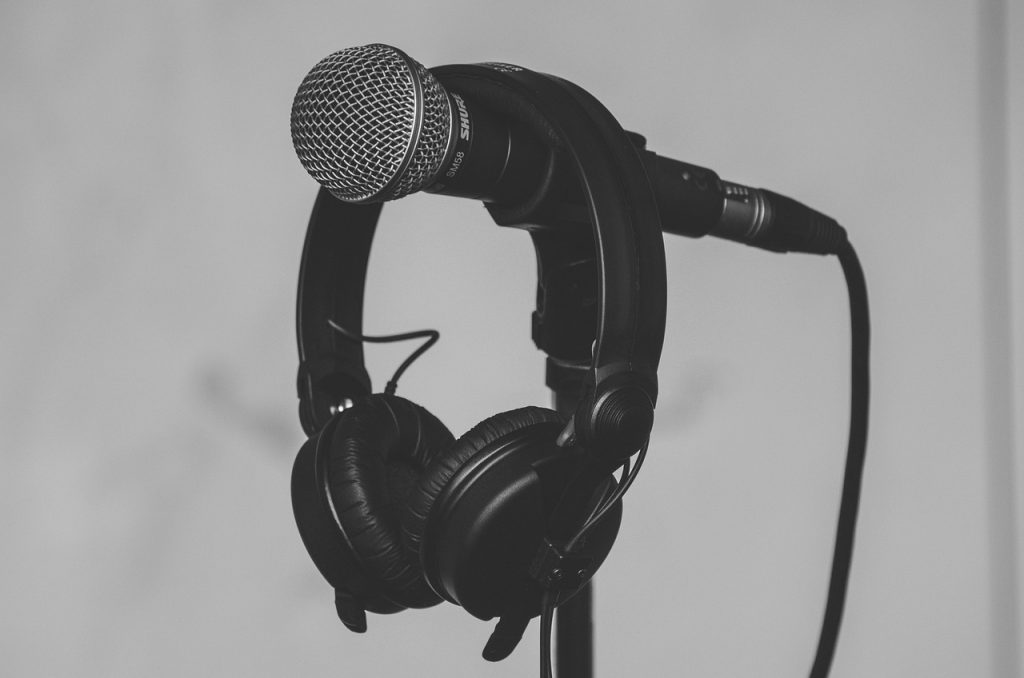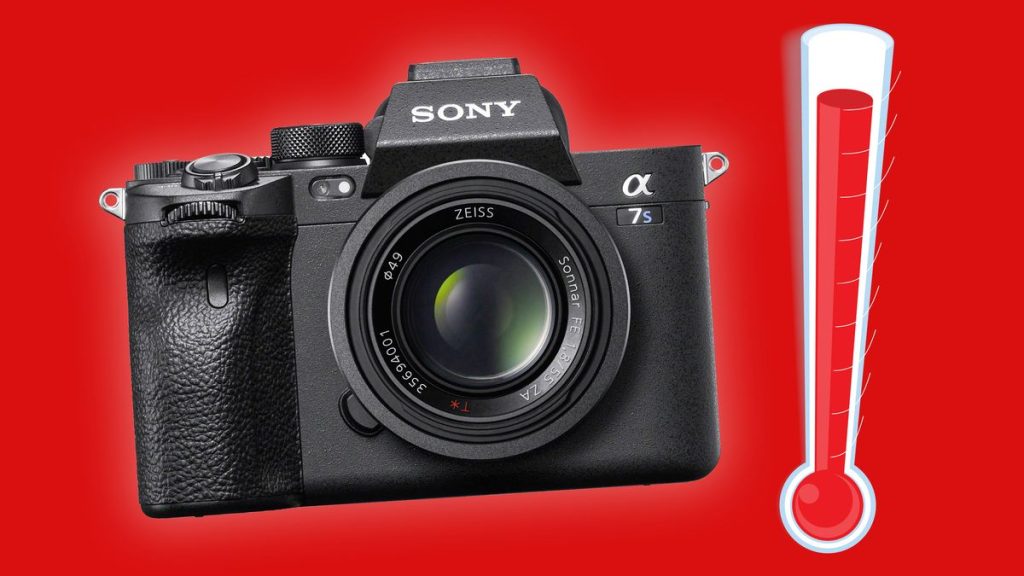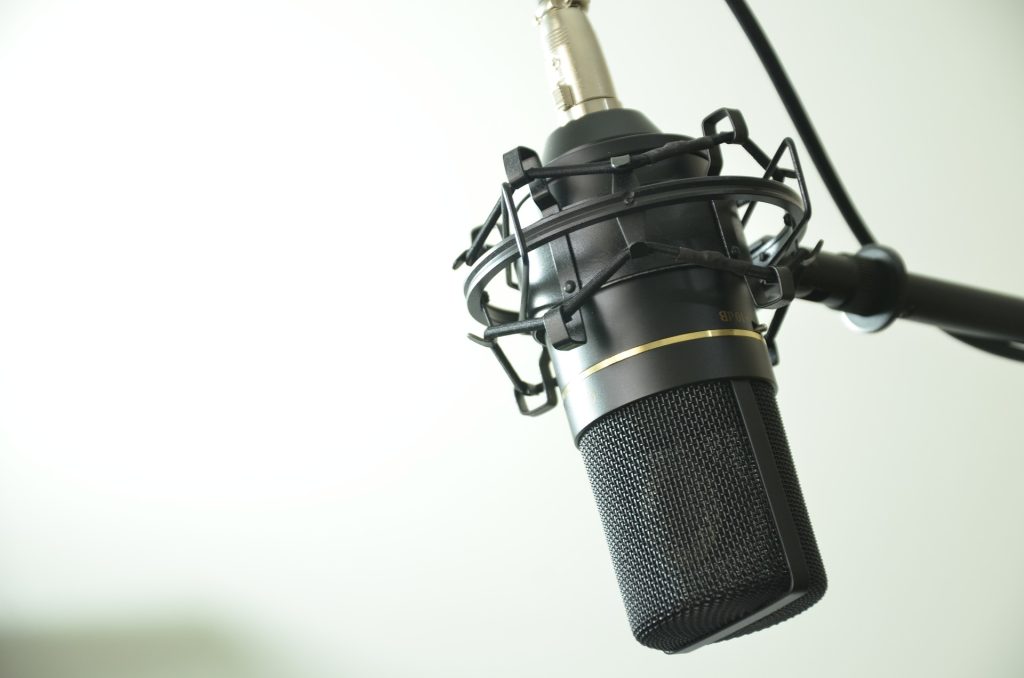Flight modes are settings that adjust how your drone responds to your commands. They can make your drone perform differently based on the same input, which is handy for specific tasks like filming or performing stunts.
There are two main types of flight modes: self-level mode and acro mode. Most drones have these, but they might go by different names. Some drones also have more specialized modes like drift, home lock, terrain follow, and ATTI. Keep in mind that this list isn’t exhaustive, as drone manufacturers often introduce new modes. Here’s a brief overview of some common flight modes.
Self-Level Mode
In Self-Level mode, your drone’s built-in flight controller takes charge when you release the transmitter control sticks, ensuring the drone stays level. This mode relies on both the gyroscope (for stability against external factors) and the accelerometer (for monitoring direction and angle). It encompasses two sub-modes:
Drone Angle Control
When you move the control stick to its maximum position, your drone tilts to the maximum angle allowed, releases the stick, and the drone levels itself with the ground, preventing flips.
Horizon Mode
Unlike Angle mode, Horizon mode lets you perform flips and rolls with the control stick at its maximum. Keep in mind that flips in Horizon mode are less acrobatic; for more advanced aerial stunts, Acro mode is the way to go.
Acro Mode: Full Manual Control
Acro Mode also known as ‘Rate’ or ‘Manual’ mode, Acro mode offers total control, with no automatic adjustments. The drone maintains the last course and angle set by the pilot when they release the control sticks. This mode is not recommended for beginners, as the drone won’t self-level or maintain a straight course when the sticks are released. Pilots must use precise control to level the drone. While it’s challenging to learn, Acro mode allows for full acrobatic maneuvers, giving pilots complete freedom and no limitations.
Drift Mode
Drift mode gives the built-in flight controller control over the drone’s yaw (left to right rotation), allowing it to be flown using pitch (up and down) and roll (rotation around the flying axis), similar to an airplane. This feature is commonly found in APM and Pixhawk drones.
Return to Home (RTH) Mode: Safety First
When you activate RTH mode or face signal loss, the drone automatically returns to its pre-set ‘home’ location. This ensures a safe return to a familiar landing spot, enhancing flight safety.
Home Lock Mode: Simplified Navigation
In Home Lock mode, pulling back on the right stick causes the drone to return to the pre-set ‘home’ location, regardless of its current orientation. This feature is typically found in DJI FPVs and simplifies navigation.
Course Lock Mode: Precise Direction Control
Commonly featured in DJI FPVs, Course Lock mode lets you set a specific direction for the drone to follow, regardless of its angle or camera orientation. It’s incredibly useful for navigating tight spaces and capturing stunning cinematography shots.
Hover Mode: Steady Altitude and Position
In Hover mode, the drone maintains a specific altitude and location while staying level. It utilizes GPS and vision-sensing technology to hold its position even when faced with external factors like wind.
Altitude Hold Mode: Maintaining Altitude
Altitude Hold, or A-mode or ATTI, keeps the drone at a constant altitude without relying on GPS or vision sensors. This means that external influences like wind won’t automatically correct the drone’s position. It’s often used as a safety feature, especially when GPS signals are lost, as seen in drones like the DJI Mavic.
TapFly Mode: Effortless Navigation
Exclusive to DJI drones, TapFly mode allows pilots to select a location on the map and simply tap the screen. The drone will then take off and fly automatically towards the chosen destination.
Follow Me Mode: Autonomous Tracking
In Follow Me mode, the drone uses GPS and vision sensors to autonomously track a designated target without the need for manual piloting. It’s commonly used in aerial cinematography, enabling subjects to be captured without having to control the drone. The version using vision sensing is also referred to as Active Track Mode.
Point of Interest Mode: Capturing Dynamic Shots
Point of Interest mode guides the drone in a circular flight path around a specific target while continuously rotating its camera to keep the target in focus. This mode is ideal for aerial cinematography, capturing different angles of a particular location.
Geofencing Mode: Safe Flying
Geofencing relies on satellite and GPS technology to prevent the drone from entering restricted areas like airports or prisons, where flying is illegal. It’s particularly helpful when the boundaries of the legal flying area aren’t clear, although it’s best to avoid flying near such locations even with geofencing.
Terrain Follow Mode: Adaptive Altitude
Terrain Follow mode maintains a consistent height above the ground and adjusts the drone’s altitude automatically based on the terrain below, ensuring safe and controlled flight.
Auto Land Mode: Hassle-free Landing
Also known as One Touch Down mode, Auto Land brings the drone straight down for a safe landing. Pilots should ensure that the landing surface is level to ensure a smooth touchdown.







